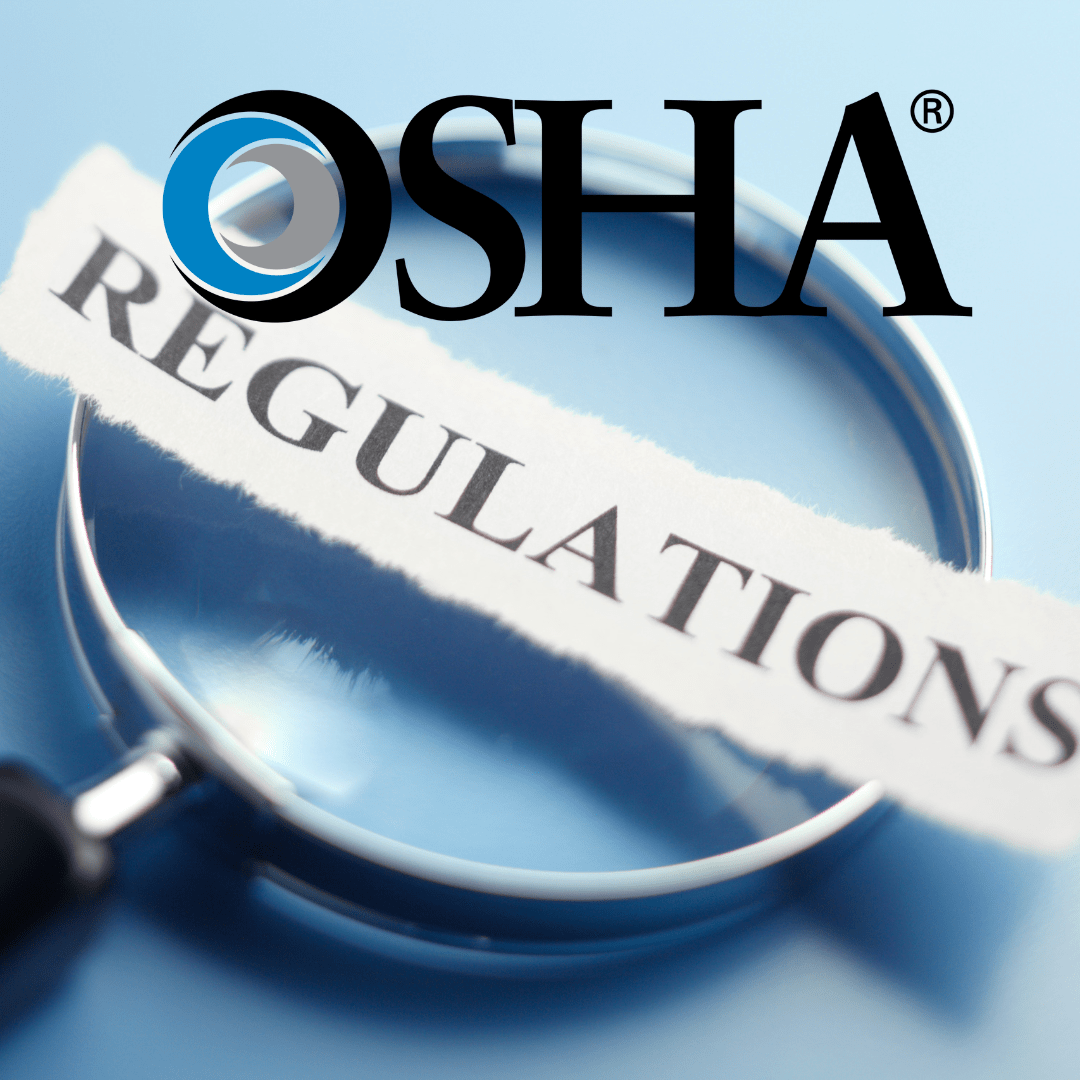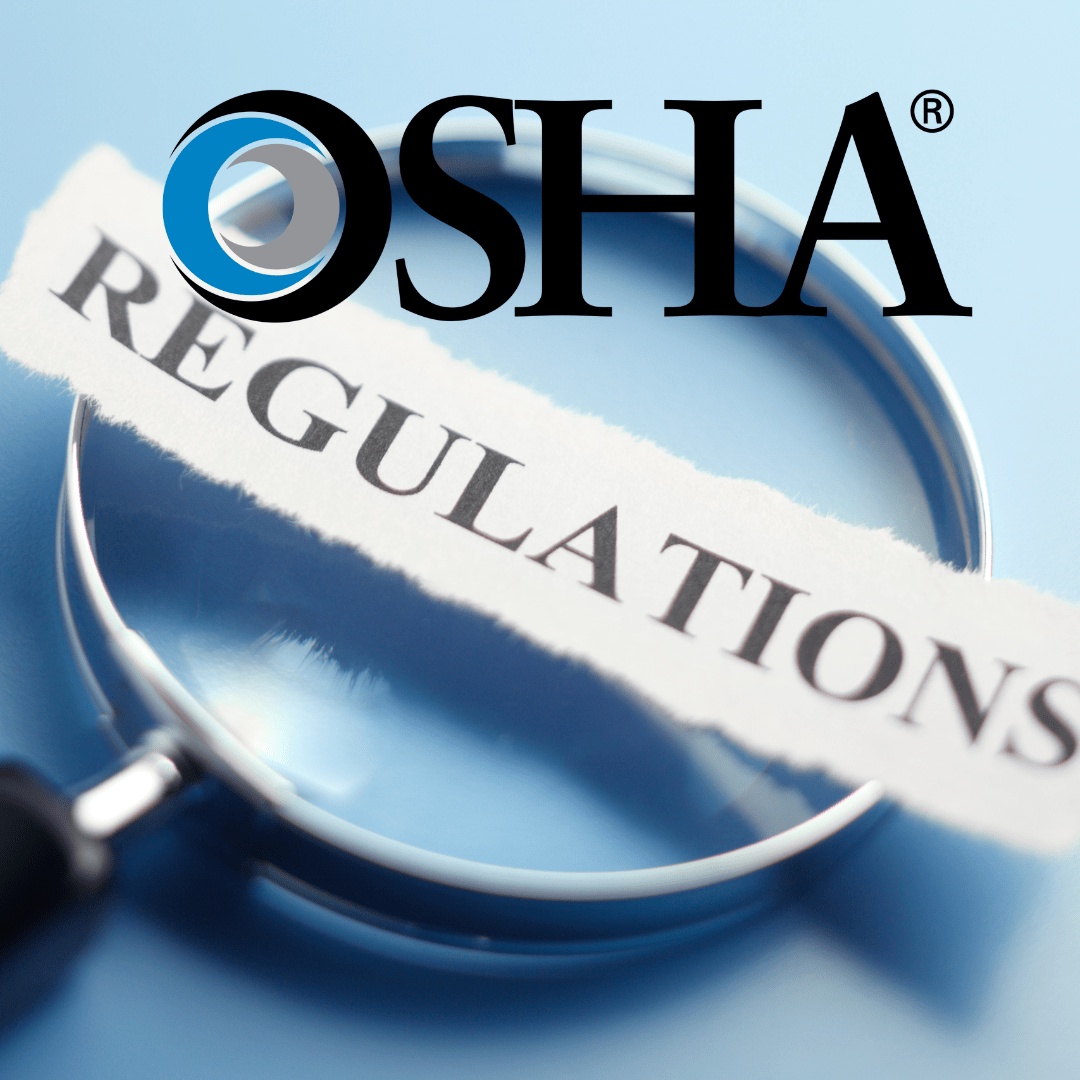
In the realm of workplace safety, one topic consistently rises to the forefront: CPR and AED training. It's not merely a checkbox on a compliance form; it's a lifeline, quite literally, in emergencies. The Occupational Safety and Health Administration (OSHA) mandates certain requirements regarding CPR (Cardiopulmonary Resuscitation) and AED (Automated External Defibrillator) training to ensure workplaces are equipped to handle cardiac emergencies effectively. Let's delve into what these regulations entail and why they're crucial for every business.
First things first, OSHA doesn't leave this vital aspect of safety to chance. They've laid down clear guidelines to ensure workplaces prioritize the health and well-being of their employees. According to OSHA standards, certain industries are required to provide CPR and AED training to employees. These industries typically include construction, healthcare, manufacturing, and any other workplace where there's a reasonable probability of encountering cardiac emergencies.
Why the emphasis on CPR and AED training, you might wonder? Well, let's put it bluntly: in cardiac emergencies, every second counts. The swift administration of CPR and proper utilization of an AED can significantly improve the chances of survival until medical professionals arrive. It's not just about compliance; it's about equipping your workforce with the skills to be proactive lifesavers.
Now, the specifics of OSHA regulations on CPR and AED training are not one-size-fits-all. OSHA doesn't dictate the exact curriculum or duration of training sessions. Instead, they require that training programs adhere to the guidelines set forth by recognized organizations such as the American Heart Association (AHA) or the American Red Cross. These organizations offer comprehensive CPR and AED training courses designed to meet OSHA standards.
What does this mean for employers? It means having the responsibility to ensure that their chosen training program covers all necessary topics, including recognizing cardiac arrest, performing CPR, and operating an AED safely. It's about more than just fulfilling a regulatory requirement; it's about empowering employees to respond confidently and effectively in emergencies.
But let's not sugarcoat it – compliance with OSHA regulations can sometimes feel like a daunting task. The logistics of scheduling training sessions, ensuring all employees receive proper instruction, and keeping track of certifications can be overwhelming. However, the alternative – not being prepared for a cardiac emergency – is far more daunting.
That's why it's essential for employers to partner with reputable training centers that specialize in CPR and AED instruction. These centers not only understand OSHA regulations inside and out but also have the expertise to tailor training programs to specific workplace needs. They can provide on-site training, flexible scheduling options, and ongoing support to ensure compliance is not just achieved but maintained.
So, if you find yourself navigating the maze of OSHA regulations on CPR and AED training, remember this: it's not just about checking boxes or jumping through hoops. It's about fostering a culture of safety and preparedness in the workplace. It's about arming your employees with the skills and confidence to act decisively in the face of adversity.
And hey, if you're on the lookout for a training center to partner with or considering enrolling your employees in CPR and AED classes, why not explore options like CPR Classes Near Me Austin? Because when it comes to workplace safety, there's no such thing as being too prepared.


No comments yet